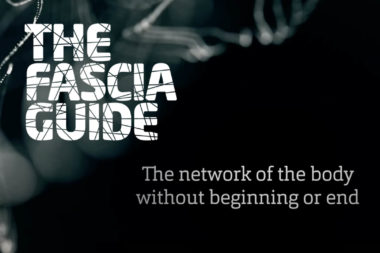

The strength of collagen
In order for a tendon or ligament to become strong, a lot of collagen fibers are required, as well as sufficient cross-links to stabilize the fibers so that they do not “slide” against each other. So the more collagen fibers and cross-links, the stronger the tendon/ligament (but also stiffer). The cross-links are formed with the help of an enzyme, lysyl oxidase.
The tendon varies in elasticity/stiffness along its length. It is stiffer at the end that attaches to bone and more flexible at the end that attaches to a muscle. So there are more cross-links at the end that attaches to bone and fewer at the end that attaches to the muscle. This makes the tendon shock-absorbing and protects the muscle from injury because it is more elastic at the muscle end. However, an overly stiff tendon, with many cross-links, can be a disadvantage if the muscle is not strong enough, as it is more prone to muscle strain.
Aging, high blood sugar, diabetes, inactivity, and immobility all contribute to stiffer collagen tissue, as unwanted non-enzymatic cross-links form between collagen molecules, known as “sugar bonds”. These bonds form only in the presence of sugar and do not require an enzyme. This affects diabetics due to high blood sugar, as well as the elderly and those who are inactive for extended periods of time. This results in very stiff and non-elastic fascia, as well as tendons. Tendons become equally stiff in the muscle end as they do in the bone end, which partially reduces their shock-absorbing and force-transferring function, increasing the risk of injury.
Lysyl oxidase is inhibited by the hormone estrogen, which means that women of reproductive age have weaker collagen. This means that women are more prone to sprains or injuries such as ACL tears, but are less likely to experience muscle strains since their tendons and fascia are more elastic (with fewer cross-links).
- Arruda et al, 2006. Regional variation of tibialis anterior tendon mechanics is lost following denervation.
- Curwin etal, 1994. Regional and Age Variations in Growing Tendon.
- Gautieri et al, 2014. Age- and diabetes-related nonenzymatic crosslinks in collagen fibrils: Candidate amino acids involved in Advanced Glycation End-products
- Lee et al, 2015. Estrogen Inhibits Lysyl Oxidase and Decreases Mechanical Function in Engineered Ligaments.
- Snedeker & Gautieri, 2014. The role of collagen crosslinks in ageing anddiabetes – the good, the bad, and the ugly



















































